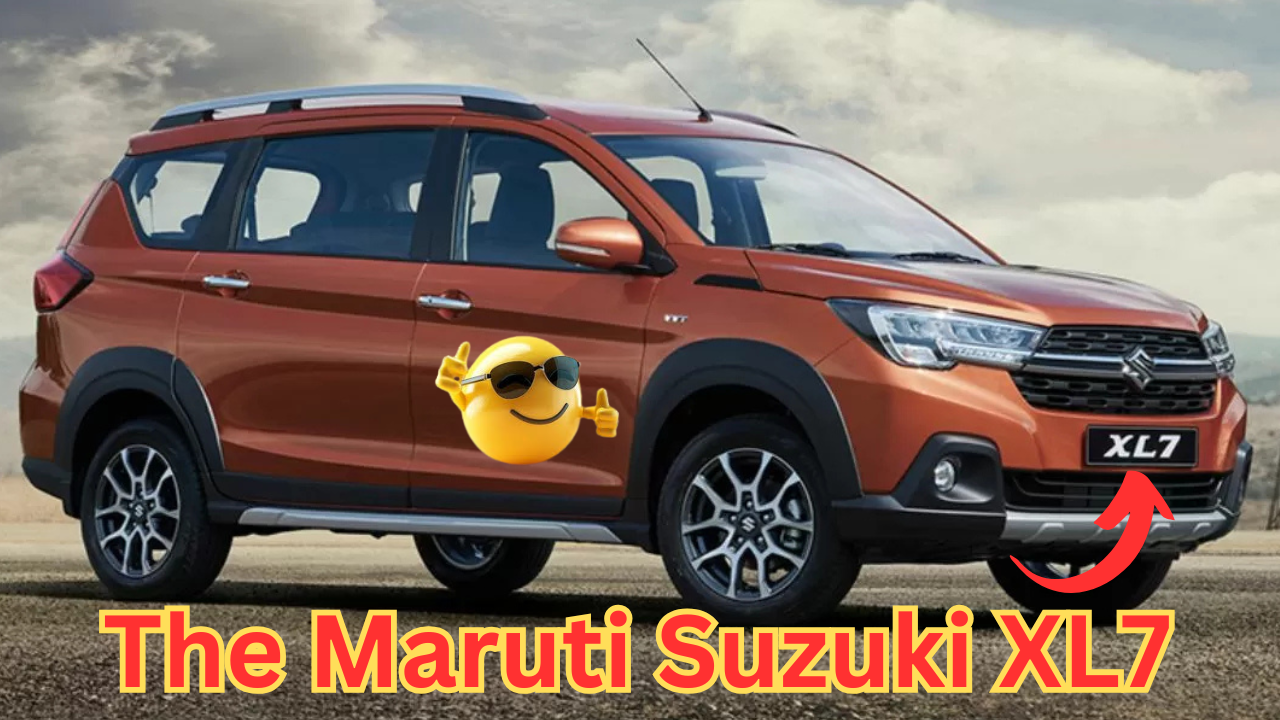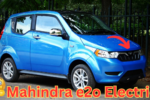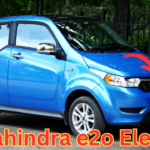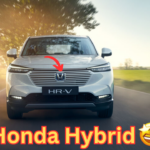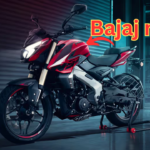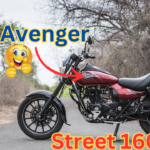Introduction
The Indian automobile industry is one of the most dynamic and competitive markets in the world. With the rise of compact SUVs and MPVs, companies are aggressively launching new models to cater to consumer preferences. Among them, the Tata Nexon and the Maruti Suzuki XL7 are two notable contenders in their respective segments. While the Tata Nexon has dominated the compact SUV space, the Maruti Suzuki XL7, an extended version of the XL6 sold in international markets, struggles to carve a niche for itself. This article delves into why the XL7 has failed to compete against the Tata Nexon in India.
Overview of Maruti Suzuki XL7 and Tata Nexon
Maruti Suzuki XL7
The Maruti Suzuki XL7 is a three-row MPV that is largely based on the XL6, featuring a rugged design and SUV-like characteristics. It is sold in markets like Indonesia and other Southeast Asian countries. While it is yet to be officially launched in India, its conceptual comparison with the Tata Nexon raises questions about its potential success in a highly competitive Indian market.
Tata Nexon
The Tata Nexon is one of India’s most successful compact SUVs. Known for its robust build quality, high safety standards (5-star Global NCAP rating), and a variety of powertrain options, the Nexon has become a consumer favorite. It competes directly with other sub-4-meter SUVs like the Hyundai Venue, Kia Sonet, and Mahindra XUV300.
Key Reasons Why the XL7 Fails to Compete Against the Tata Nexon
1. Segment Misalignment
The Maruti Suzuki XL7 falls under the MPV category, whereas the Tata Nexon is a compact SUV. Indian consumers have increasingly favored SUVs due to their high ground clearance, commanding road presence, and better off-road capability. The XL7’s MPV-like stance does not resonate with buyers looking for a rugged vehicle, making it less appealing compared to the Nexon.
2. Lack of an Official Launch in India
Unlike the Nexon, which is well-established in India, the XL7 has not been launched officially. While the XL6 is available, an extended XL7 version remains absent from Maruti Suzuki’s Indian portfolio. This lack of availability directly impacts its competitiveness against the Nexon, which continues to gain traction with every new update.
3. Safety Concerns
Tata Motors has significantly improved its brand image by focusing on vehicle safety, making the Nexon one of the safest cars in its segment. The Nexon has a 5-star rating from Global NCAP, whereas Maruti Suzuki vehicles, including the Ertiga and XL6 (which the XL7 is based on), have received mixed safety ratings. Indian consumers are now more safety-conscious, making the Nexon a preferable choice over an MPV with unproven crash-test credentials.
4. Design and Styling
The Tata Nexon sports a modern, aggressive, and bold design that appeals to young and urban buyers. Its coupe-like silhouette, LED lighting, and muscular stance contribute to its popularity. On the other hand, the XL7, with its elongated MPV structure, lacks the sporty character that SUV buyers desire. Even with cosmetic enhancements, it does not match the aesthetic appeal of the Nexon.
5. Performance and Powertrain Options
The Tata Nexon offers multiple powertrain options, including petrol, diesel, and electric variants. It is powered by a 1.2L turbocharged petrol engine and a 1.5L turbo diesel engine, both of which deliver strong performance. Additionally, the Nexon EV has carved a niche for itself in the growing electric vehicle segment.
The Maruti Suzuki XL7, on the other hand, is expected to feature the same 1.5L K15B petrol engine as the XL6, which lacks turbocharging and delivers moderate performance. The absence of a diesel variant further limits its appeal, as many SUV buyers still prefer diesel-powered vehicles for better mileage and torque.
6. Features and Technology
Tata Motors has packed the Nexon with modern features such as a digital instrument cluster, connected car technology, a large infotainment system, ventilated seats, and premium audio options. The XL7, though equipped with essentials like a touchscreen infotainment system and automatic climate control, may fall short in offering cutting-edge features found in the Nexon.
7. Pricing and Value for Money
Maruti Suzuki has always been known for its aggressive pricing, but the MPV segment has a different pricing strategy compared to compact SUVs. The Tata Nexon provides a well-rounded package with its robust features, safety, and performance at a competitive price. The XL7, if launched in India, could be priced higher than the Nexon due to its size and additional seating capacity, making it a less attractive option for those seeking an affordable yet feature-rich SUV.
8. Brand Perception and Market Trends
Tata Motors has successfully rebranded itself as a manufacturer of safe and feature-packed cars. On the other hand, while Maruti Suzuki remains India’s largest carmaker, its dominance in the SUV space has been challenged by competitors like Tata, Hyundai, and Mahindra. The perception that Maruti Suzuki makes affordable but less premium vehicles also affects the XL7’s desirability compared to the Nexon.
9. Consumer Preferences in India
The Indian automobile market has seen a drastic shift toward SUVs in recent years. Consumers prefer compact and mid-size SUVs due to their practicality, commanding presence, and higher resale value. The XL7, being an MPV, does not fit into this trend, reducing its chances of competing successfully against the Nexon.
Conclusion
While the Maruti Suzuki XL7 has its strengths in other markets, it is not positioned to compete effectively against the Tata Nexon in India. The Nexon’s stronghold in the compact SUV segment, superior safety ratings, extensive feature set, and brand perception make it a clear winner. Unless Maruti Suzuki makes significant changes to the XL7, including a turbocharged engine, enhanced safety features, and a competitive price point, it will struggle to make an impact against Tata’s successful SUV.
For Indian buyers looking for an affordable and well-equipped SUV, the Tata Nexon remains a top choice, whereas the XL7 might appeal to a niche audience preferring MPVs over SUVs.
